Orionid Meteor Shower: October’s Celestial Fireworks Display
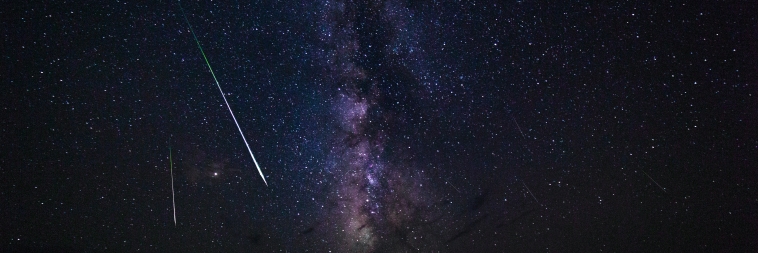
In the article, we’ll explore the origins and science of the Orionid meteor shower and offer helpful tips to enhance your viewing experience.
Are you ready to witness a breathtaking celestial spectacle that lights up the night sky? Get ready for the Orionid Meteor Shower, an annual astronomical event that promises a dazzling display of shooting stars. In this article, we’ll take you on a journey through the origins and history of this mesmerising meteor shower, guide you on the best ways to view it and provide tips for capturing its beauty through photography. So, grab your telescope or cosy up under a starry blanket as we explore the wonders of the Orionids.
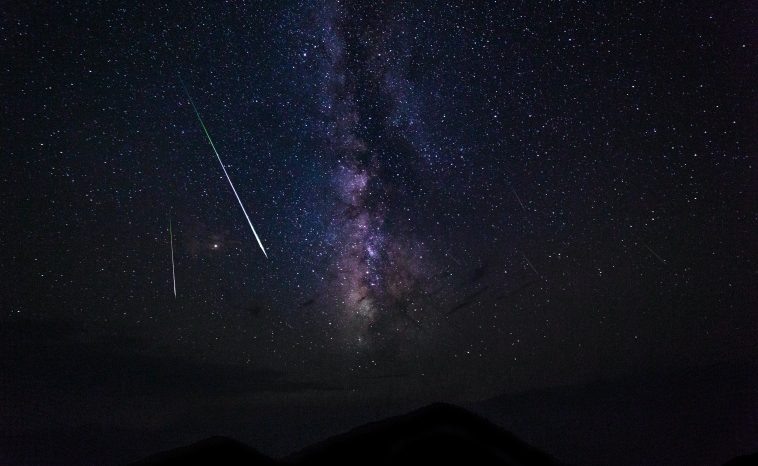
What Is the Orionid Meteor Shower?
The Orionid Meteor Shower is a fascinating phenomenon that occurs when the Earth travels through a stream of debris left behind by the famed Halley’s Comet. As these tiny particles, mostly no larger than a grain of sand, collide with our planet’s atmosphere, they ignite to create a spectacular display of celestial fireworks.
Taking their name from the constellation Orion, the Orionids are famous for their brightness and speed, travelling at about 66 kilometres per second! The Orionids are active every year in October, typically peaking around the 21st of the month when stargazers can spot up to 20 meteors per hour.
Origin and History of the Orionid Meteor Shower
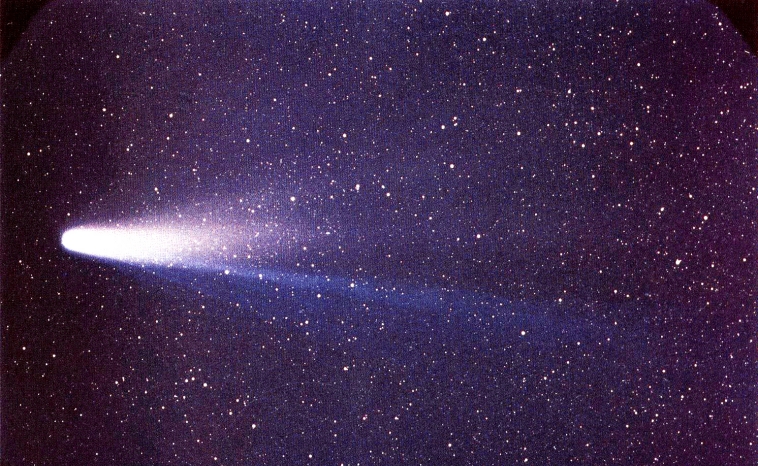
Credit: By NASA/W. Liller – NSSDC’s Photo Gallery (NASA)
The Orionid Meteor Shower occurs when the Earth passes through the debris left behind by Halley’s Comet in its orbit around the Sun. As our planet ploughs through the dusty trail, tiny particles, known as meteoroids, enter the Earth’s atmosphere and create magnificent streaks of light.
Halley’s Comet, named after astronomer Edmond Halley, is a famous celestial wanderer that graces our skies once every 76 years. Records of its presence appear throughout history, with ancient civilisations like the Mayans and Chinese observing its passing. Today, we continue to marvel at the remnants of this legendary comet during the Orionid Meteor Shower.
Best Days and Times for Viewing the Orionid Meteor Shower
The Orionid Meteor Shower typically occurs from late October to early November. Typically, its peak activity falls around the 20th to the 22nd of October. During this period, the shower reaches maximum intensity, offering the best opportunity to witness celestial fireworks.
To catch the most meteors, it’s best to head out during the early hours before dawn. The absence of moonlight in the predawn sky allows the fainter meteors to shine brightly against the dark backdrop. Set your alarm clock, grab a warm drink, and prepare for a celestial show like no other.
Best Viewing Conditions and Locations
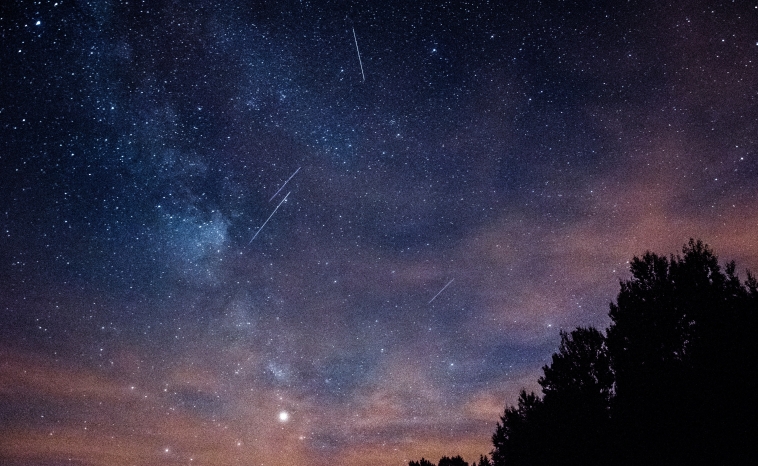
To optimise your viewing experience, find a location away from city lights and light pollution. Rural areas or designated dark sky sites offer the ideal setting for capturing the full glory of the meteor shower. Wrap up in warm clothing, bring a comfortable chair or blanket, and prepare for nature’s mesmerising fireworks display!
Remember to check the weather forecast beforehand. Clear skies are essential for optimal viewing conditions. Cloud cover can obstruct your view and dampen the magic of the Orionids. If the forecast is less than stellar, consider nearby locations with better weather prospects or wait for the following nights when the skies may be clearer.
Photographing the Orionid Meteor Shower
Capturing the fleeting beauty of shooting stars can be an exciting challenge for photography enthusiasts. To photograph the Orionid Meteor Shower, use a wide-angle lens and set your camera to manual mode. Choose a high ISO setting to capture the faint meteors, and experiment with different exposure times to achieve the desired effect.
Patience is key when photographing meteor showers. Set up your camera on a stable tripod, point it towards the radiant (the point from which the meteors appear to originate), and let the long exposures work their magic. Remember to bring spare batteries, memory cards, and a remote shutter release to avoid disrupting your camera’s stability.
Interesting Facts and Cultural Significance
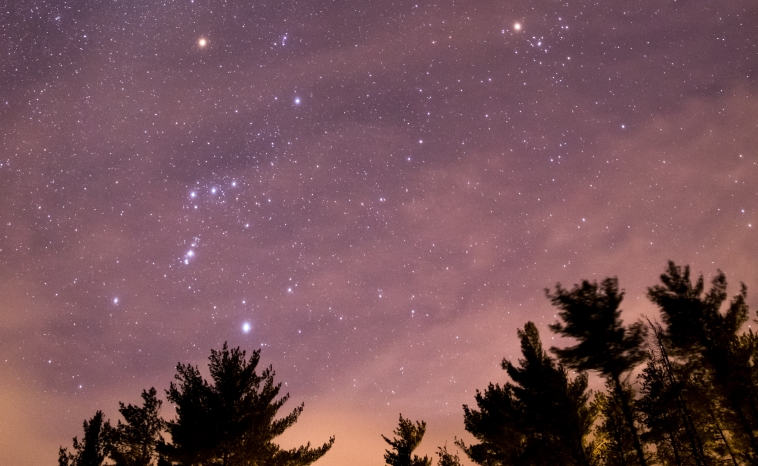
The Orionids get their name from the constellation Orion. This prominent constellation serves as the radiant for the meteor shower, giving the impression that the shooting stars emerge from the celestial hunter’s domain. Keep an eye out for Orion’s belt and sword to help guide your gaze during the meteor shower.
The Orionids hold cultural significance around the world. In ancient Greece, the meteor shower was a symbol of favour from the gods. In some Native American cultures, the shower was a time to honour ancestors and seek guidance from the spirit world. Today, people gather under the starry skies to make wishes on the shooting stars that streak across the heavens.
OSR Star Finder App
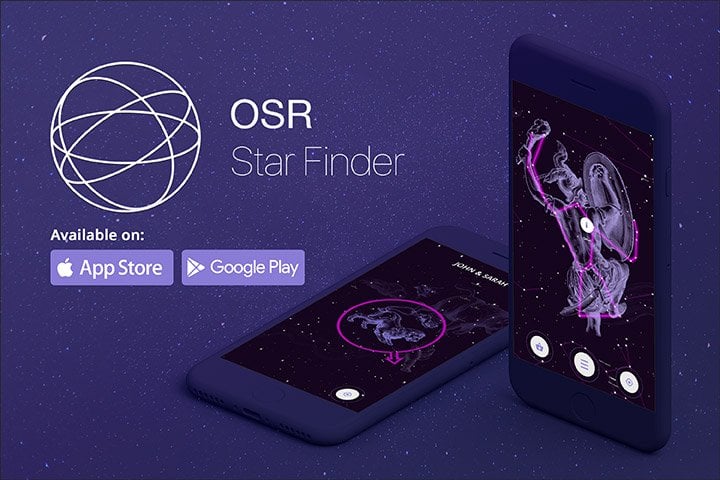
From its links to Halley’s Comet to its cultural significance throughout history, the Orionid meteor shower offers a glimpse into the wonders of our universe. Remember, dark skies, clear weather, and a sense of wonder are all you need to fully appreciate this breathtaking natural phenomenon. So, don’t miss the opportunity to witness shooting stars paint the night sky. Grab your loved ones, find a peaceful spot, and let the magic unfold before your eyes.
While you’re out viewing the magnificent Orionids, why not take the opportunity to learn more about some of the other awe-inspiring features of our night sky? Download the OSR Star Finder App to your iOS or Android device, and you’ll be able to discover an array of stars, planets, and constellations.

